Sony FE 50mm F1.4 GM review
50mm lenses have always been, and will likely remain incredibly popular for the foreseeable future. ‘Nifty fifties’ are well known for being inexpensive, compact, lightweight, and for producing great image quality. And all those points remain true in the mirrorless age, except for one: cost. The Sony FE 50mm F1.4 is an exquisite lens in every respect and is easily one of the best Sony lenses available, but you have to be prepared to fork out some serious cash if you’d like to get your hands on one.
The great thing about this lens is that it’s fairly compact and lightweight despite an optical construction that produces excellent image quality at all apertures. At just 3.25 x 3.9-inches with a weight of 18.3oz / 516g, it’s well balanced with A series full-frame bodies in terms of both size and weight. This is smaller and lighter than the Sony FE 50mm F1.2 GM, which is an incredible lens, but some photographers will undoubtedly prefer this more compact option despite the slightly slower maximum aperture.
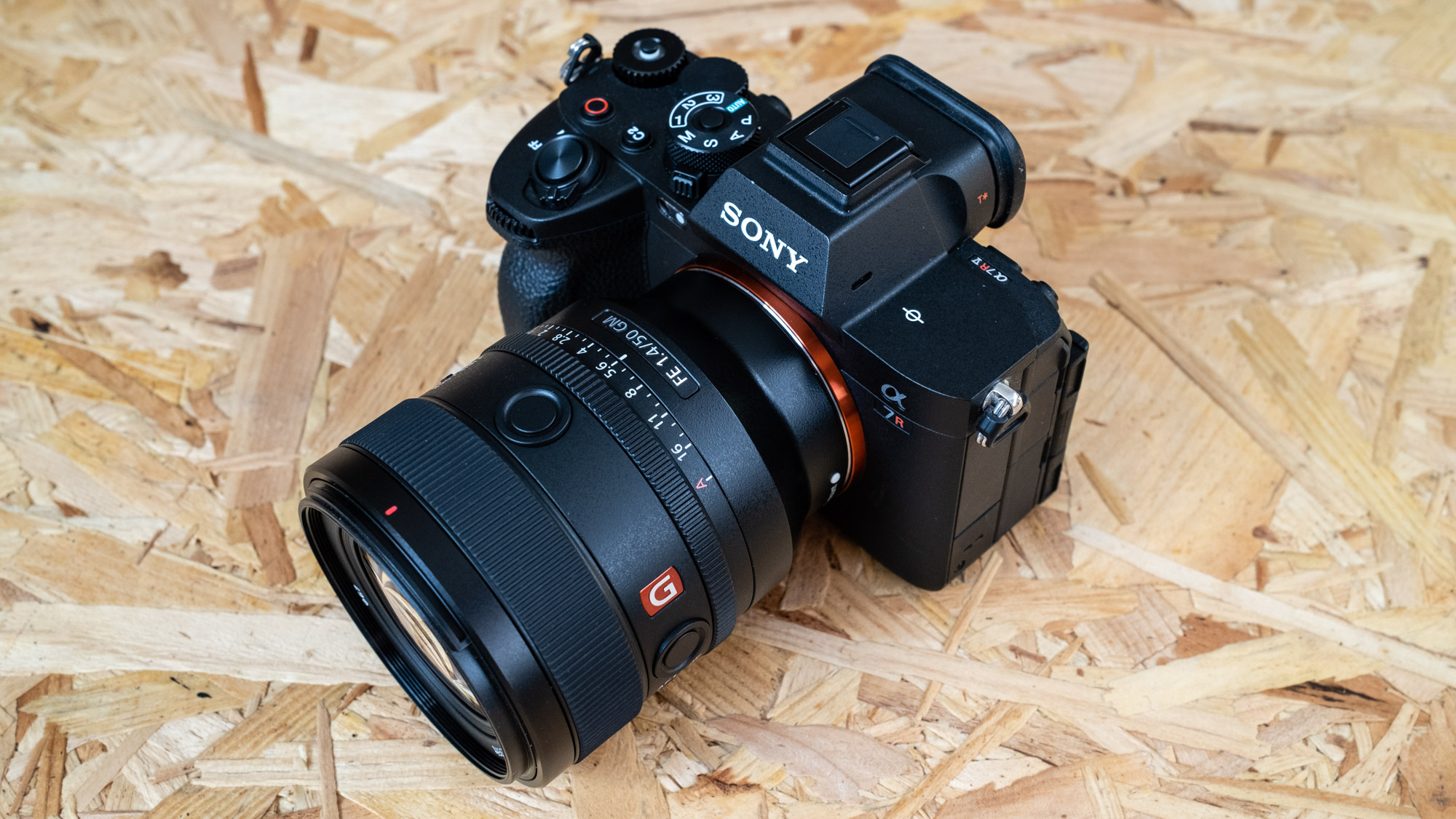
For owners of A series APS-C cameras, the 50mm F.14 is a little bulky but certainly isn’t so front-heavy that it makes shooting uncomfortable. Plus, the crop factor results in an effective focal length of 75mm which is great for shooting portraits. For owners of Sony APS-C cameras, to achieve a similar focal length and field of view to 50mm, you’d need to purchase a 35mm lens - the Sony FE 35mm F1.4 GM is another great lens.
The 50mm F1.4 is well-built, as you’d expect, and features dust and moisture resistance allowing it to be used in a range of weather conditions and locations without fear of damage. There are two focus hold buttons that can be customized, alongside a manual aperture ring that can be set to click-free for video or to A mode for control via the camera. Plus, the included lens hood provides more than adequate protection from both stray light and damage to the front element.

The front element features a fluorine coating designed to repel dust, fingerprints, water, oil, etc. but it’s always prudent to avoid any of these contaminants if possible. On the inside, the lens is constructed of 14 elements in 11 groups, including two high-precision XA (extreme aspherical) elements and an ED (extra-low dispersion) glass element which together effectively eliminate distortion and chromatic aberration.
The 11-blade aperture produces a circular aperture with pleasing bokeh when shooting wide open. The minimum focusing distance is 1.35ft/41cm when using autofocus and 1.25ft/38cm when using manual focus, meaning it’s not the ideal lens for close-up work, but high-thrust XD linear motors deliver fast and accurate autofocus that’s near-silent so autofocus can be used when shooting video. There’s no image stabilization built into the lens, but with many Sony A series models offering in-body image stabilization this isn’t a problem and it also helps to keep the lens compact and lightweight.


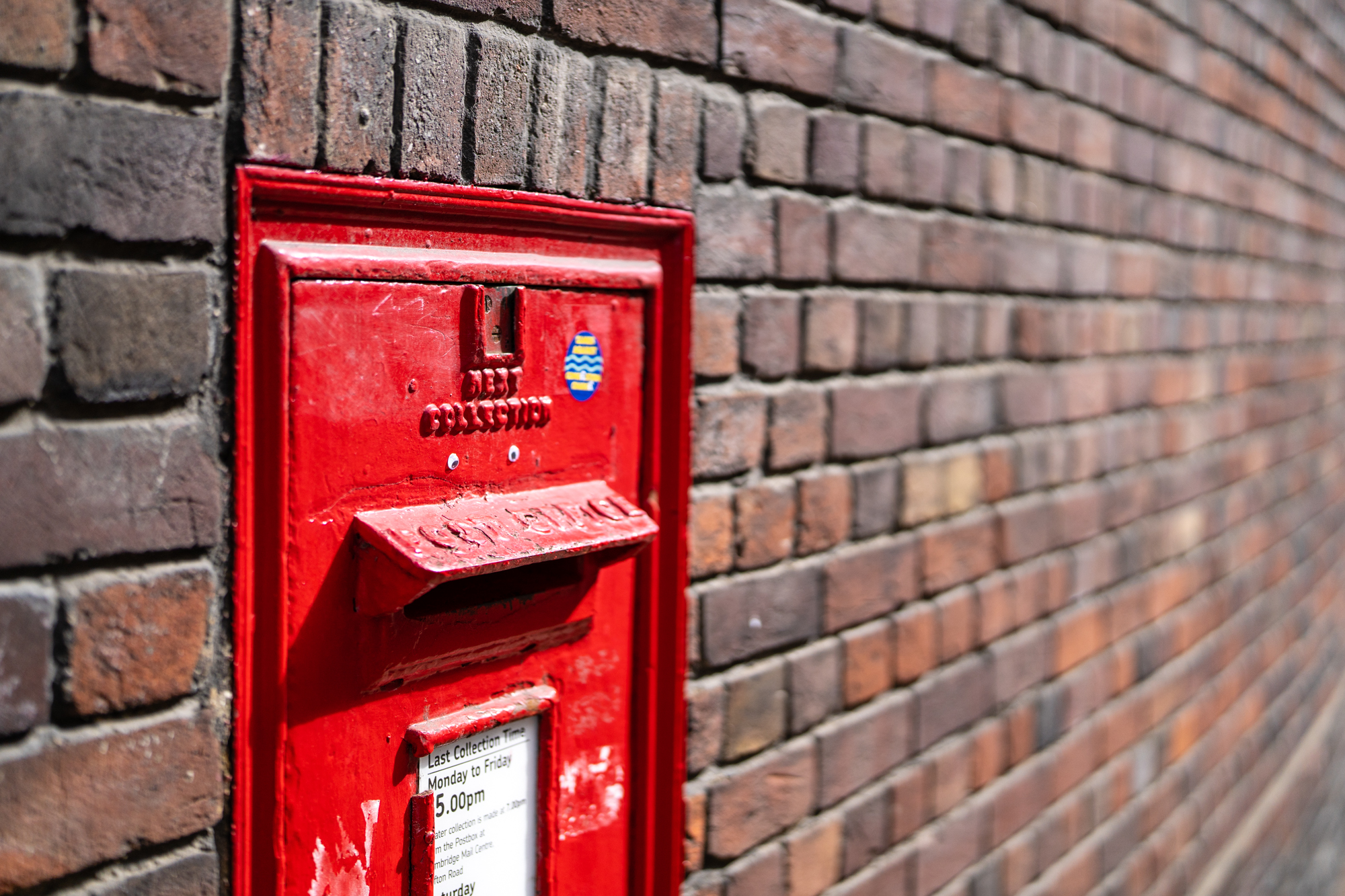
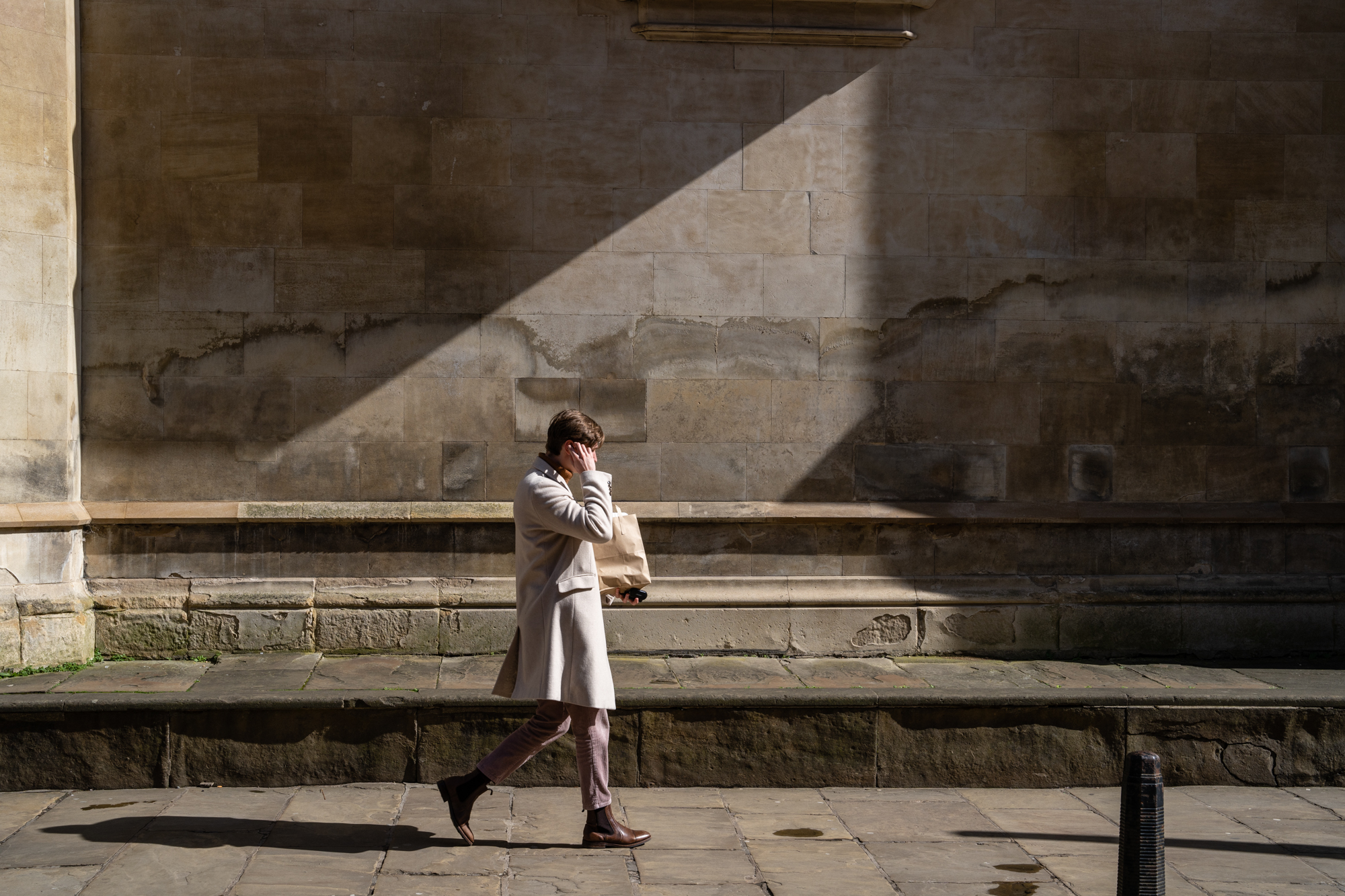

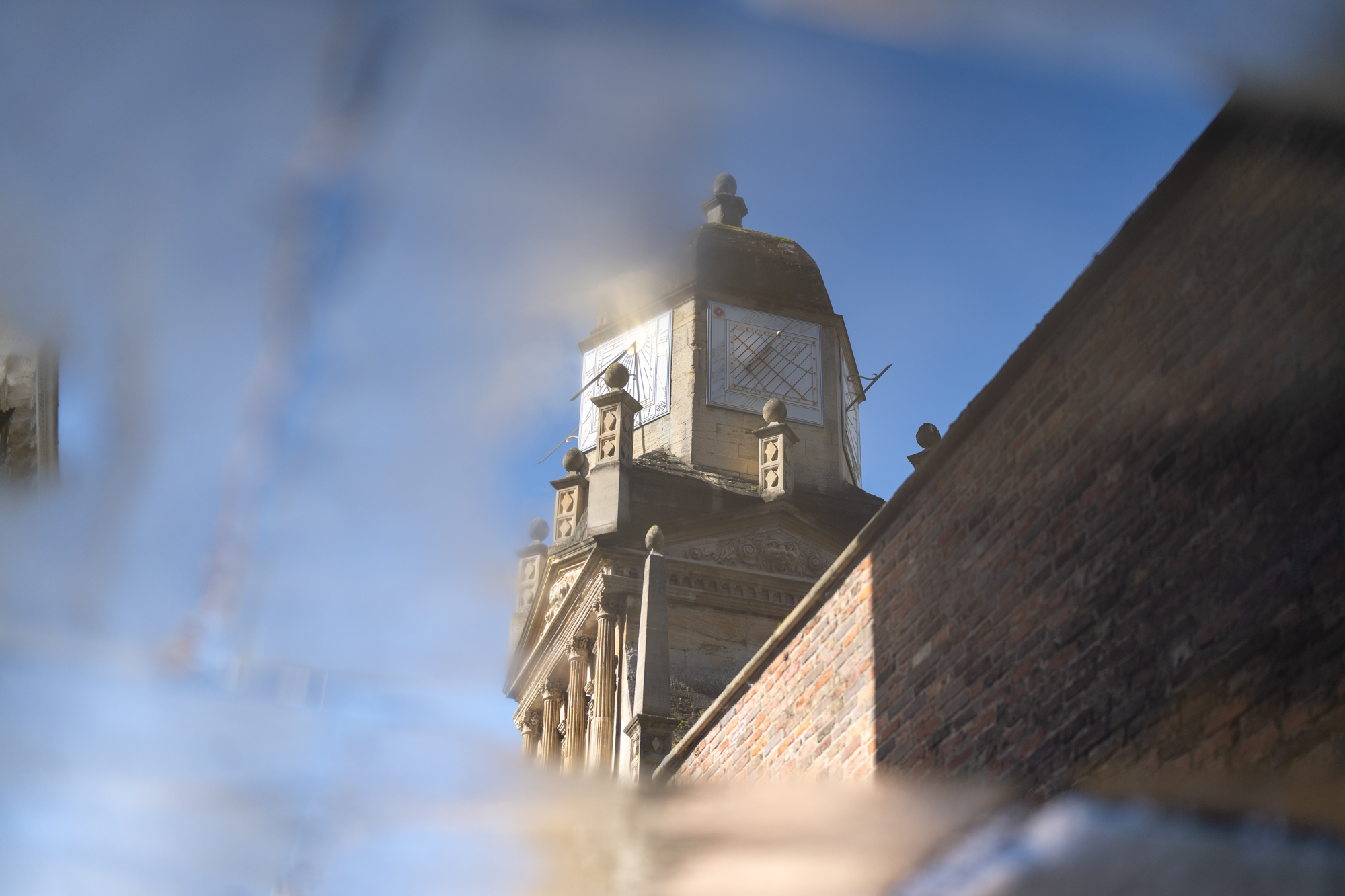
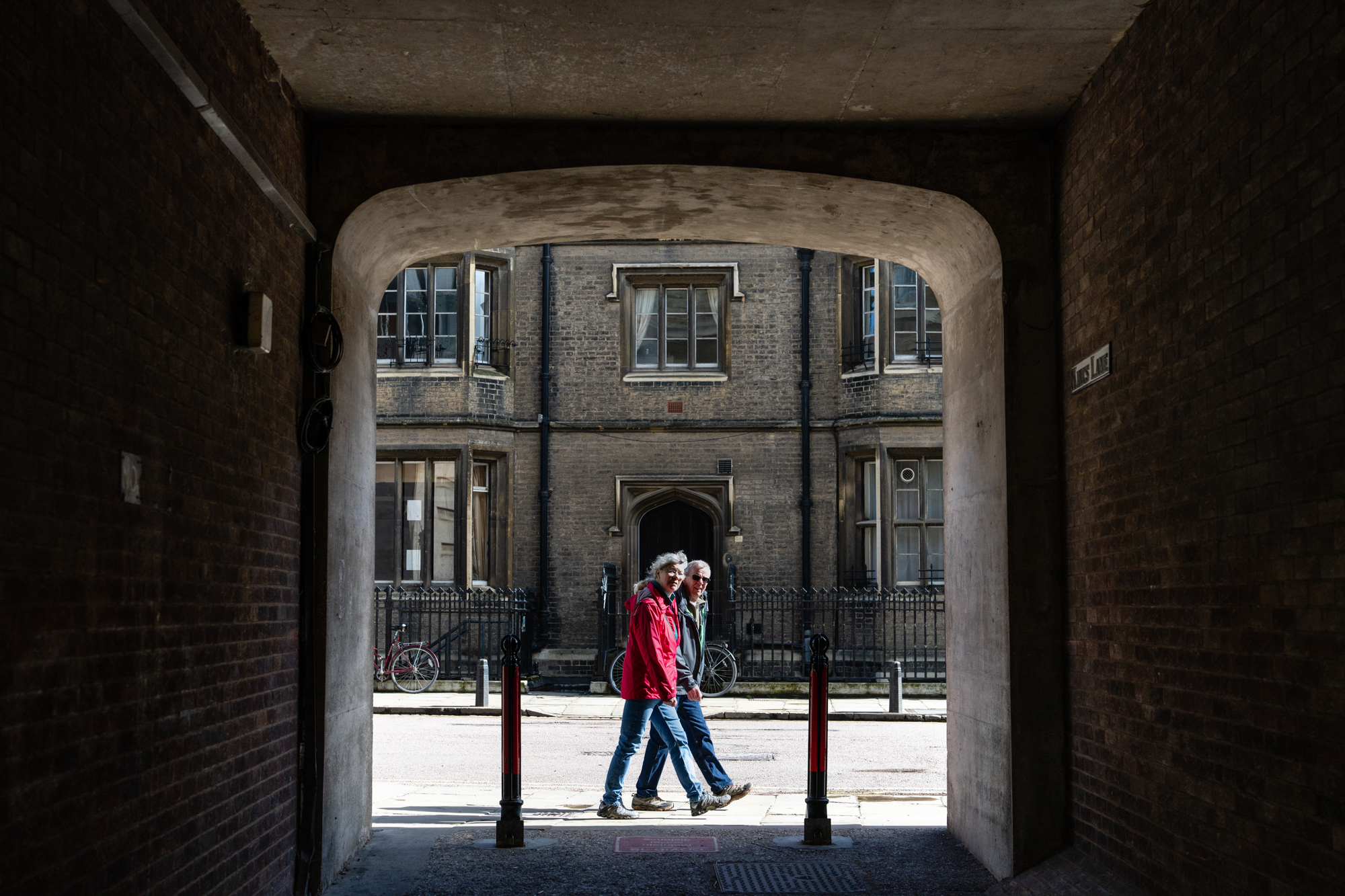
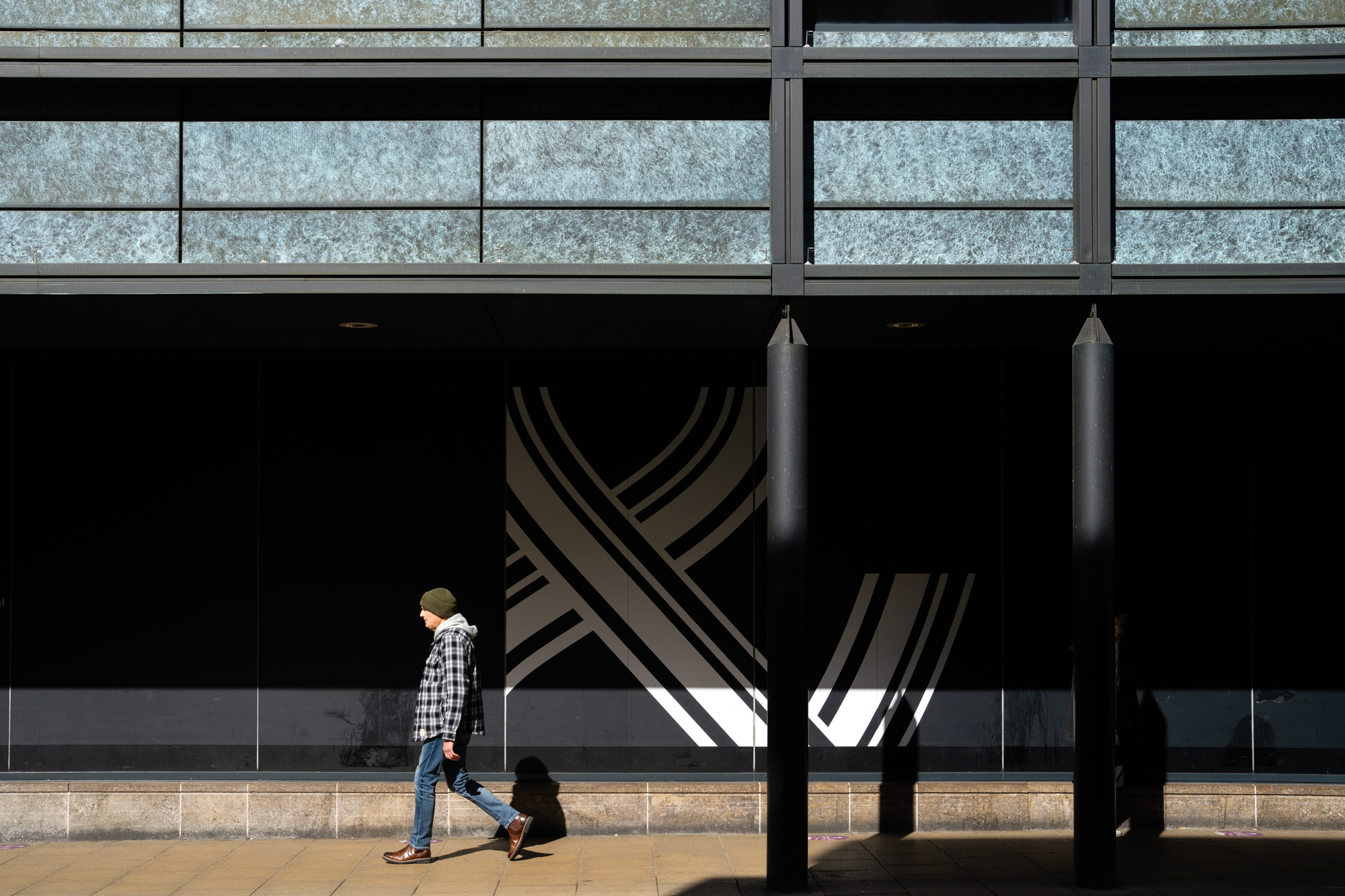
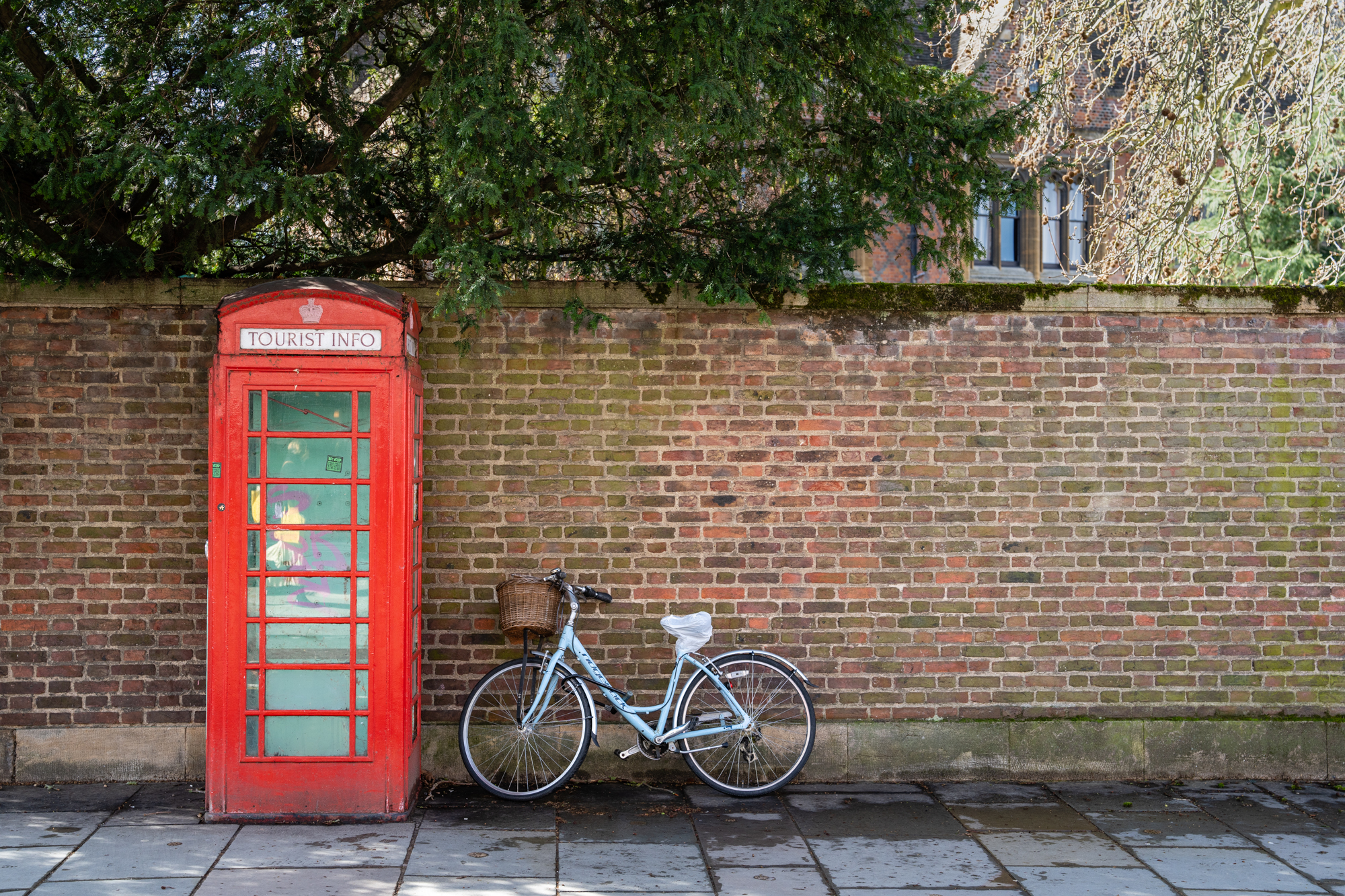
When it comes to image quality, the 50mm F1.4 is an impressive performer with no visible distortion and a complete absence of chromatic aberration. Images are sharp throughout the aperture range that extends from the maximum of f/1.4 to the minimum of f/16. At f/1.4, images are sharpest in the center with some fall-off at the edges and a slight vignette that reduces when you stop down to f/2. Edge sharpness increases as you stop down with f/5.6 and f/8 providing the sharpest images across the frame. f/8 is the sweet spot of the lens providing maximum sharpness, which then begins to reduce slightly as you stop down to f/11 and f/16.
That said, both f/11 and f/16 produce more than adequate sharpness and can be comfortably used if you require a larger depth of field. I tested the lens with the Sony A7R V with its impressive 61MP sensor, which is unforgiving when it comes to lens deficiencies; the 50mm F1.4 didn’t miss a beat with the optical performance of the lens being a perfect match for the high-resolution sensor
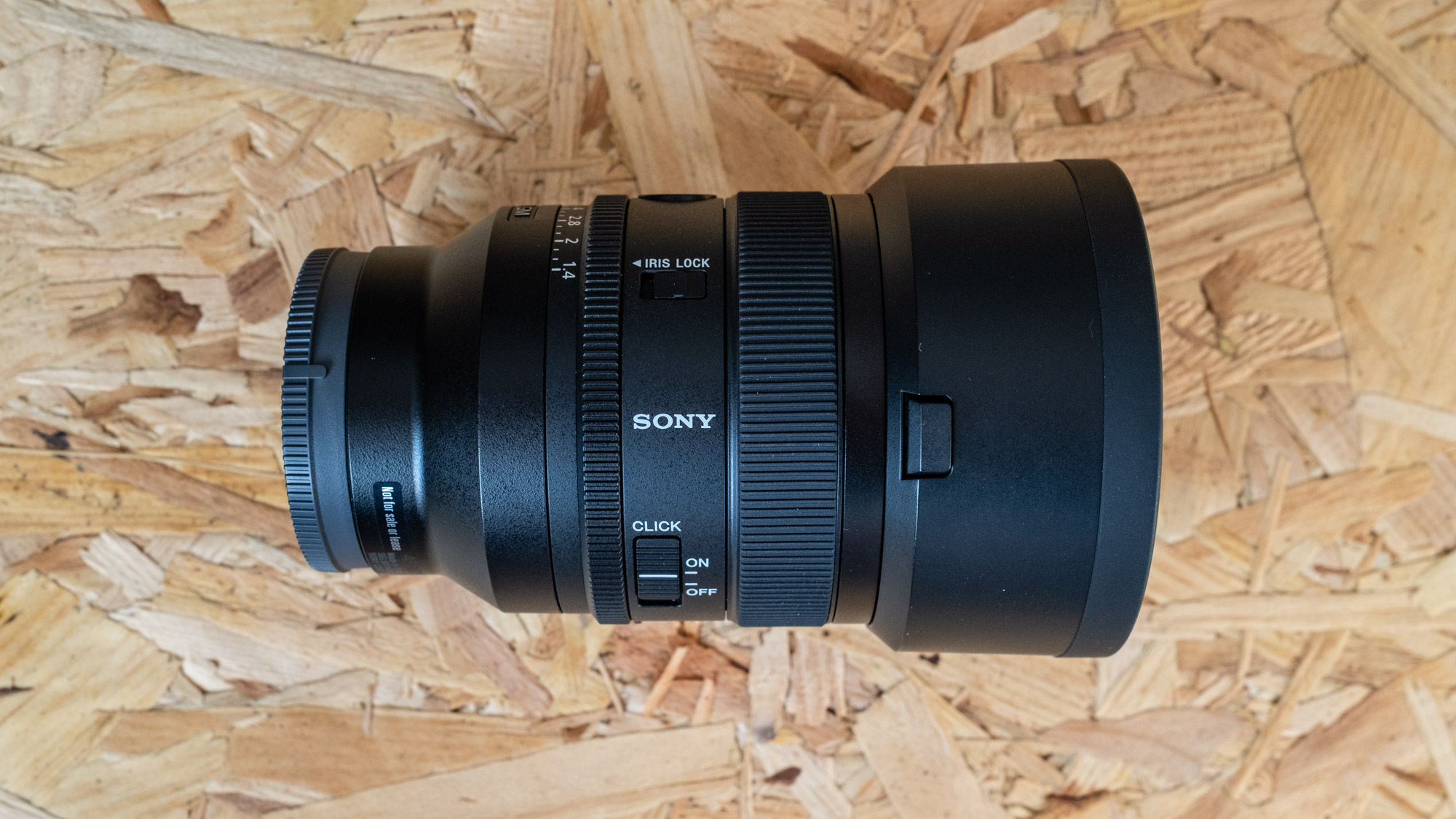
This is a lens that can be used to shoot practically all subjects including portraits, landscapes, streets, and even wildlife. The latter may sound implausible, but I’ve interviewed several professional wildlife photographers who swear by this focal length in some situations.
The compact size and relatively light weight of the 50mm F1.4 make it an excellent carry-everywhere option. And although it doesn’t offer the convenience of a zoom, the excellent image quality, large maximum aperture, and the ability to simply move on your feet to reframe shots make it a lens well worth consideration; potentially making it a more attractive option than a 24-70mm f/2.8 zoom.
Sony FE 50mm F1.4: Price and availability
The 50mm F1.4 costs $1299 / £1500 / AU$2599 making it a substantial investment that will be hard to justify for many enthusiasts. It is less expensive than the flagship Sony FE F1.2 GM, which costs $1999 / £2100 / AU$2749, but it’s still almost twice the price of Sigma 50mm F1.4 DG DN | Art, which offers some stiff competition in terms of both price and image quality.
One point to mention is that in Australia, the 50mm F1.2 GM curiously costs just AU$150 more than the 50mm F1.4 GM on the Sony Australia website. So, if you’re considering buying a Sony 50mm GM lens, opting for the F1.2 version is a no-brainer for that unbelievable price difference. For those of us who live in the US and Europe, however, the F1.4 version is much less expensive as you would expect.
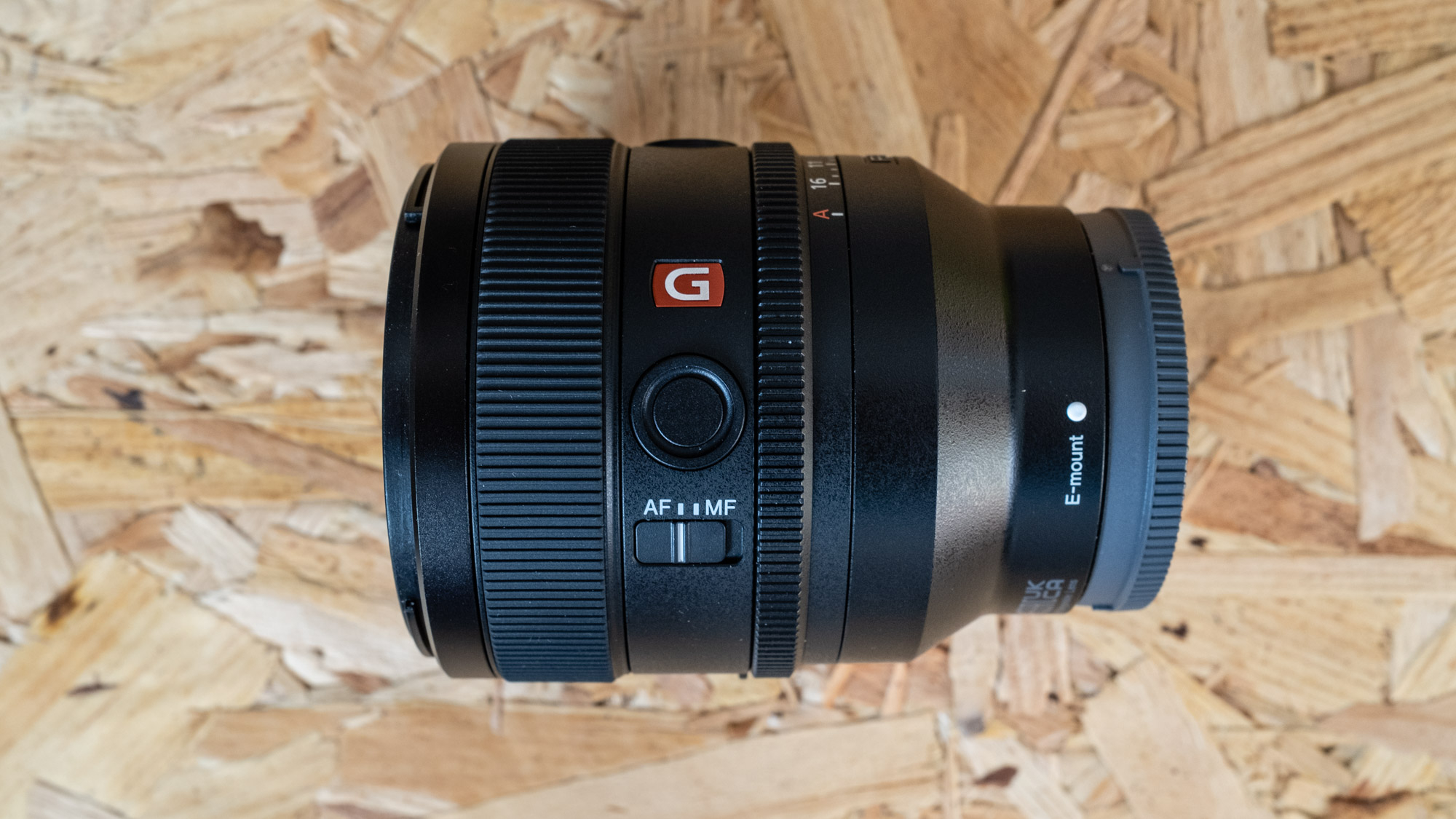
Should you buy the Sony FE 50mm F1.4?
Buy it if...
Don't buy it if...
How I tested the Sony 50mm F1.4
The Sony FE 50mm F1.4 GM was tested over several days covering a range of subjects because this versatile focal length can be used to shoot most subjects. Photos were taken at different aperture settings to test overall handling, sharpness, and distortion, while static and moving subjects were shot to test autofocus performance.
Most images were shot simply to see how the lens performed in different situations, while others were shot specifically for being able to compare the results. This provides the ability to test all aspects of the lens in a real-world environment closer to how photographers will use the lens themselves, rather than relying on statistics and lens charts.
With nearly 30 years of photographic experience and 15 years working as a photography journalist, I’ve covered almost every conceivable subject and used many of the cameras and lenses that have been released in that time. As a working photographer, I’m also aware of the factors that are most important to photographers and aim to test cameras and lenses in a way that reflects this.
First reviewed March 2023
0 comments:
Post a Comment